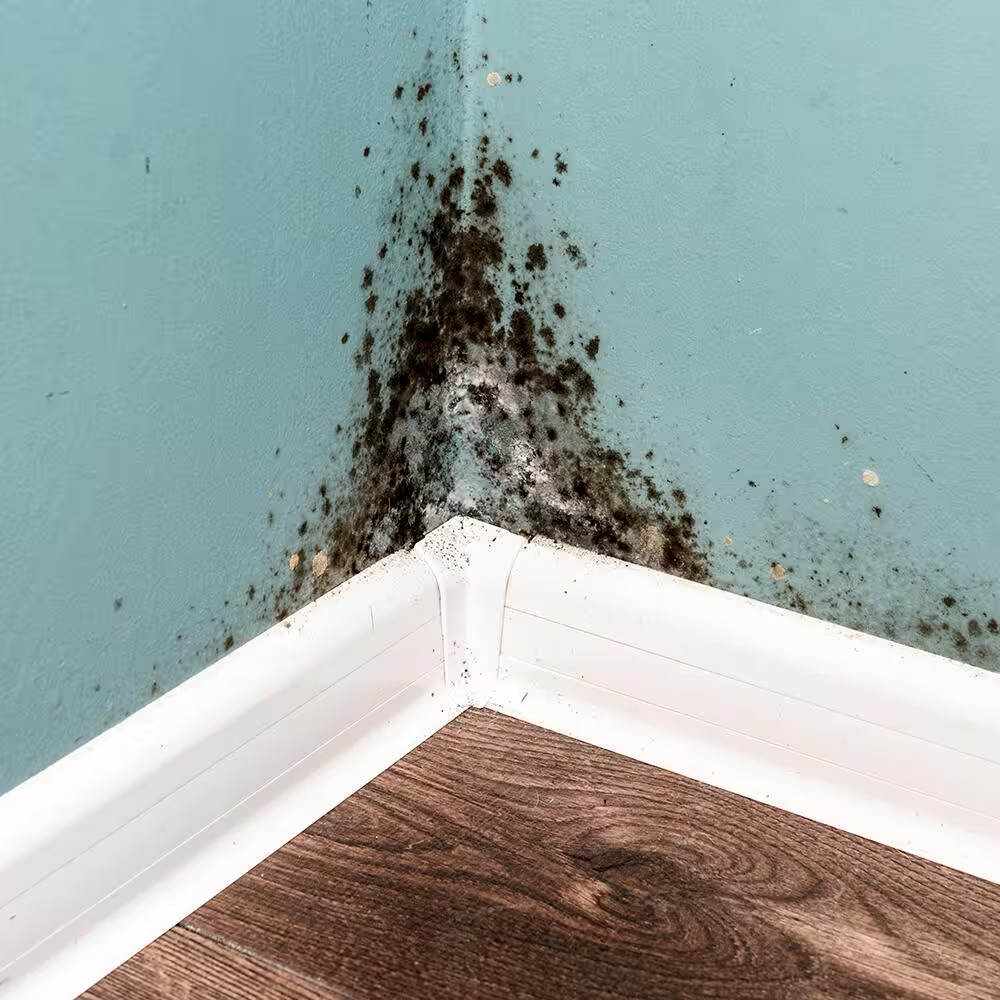
What Causes High Humidity?
High humidity can be the result of several factors, including:
- Warm, moist climates
- Poor ventilation in bathrooms, kitchens, and basements
- Leaky pipes or windows
- Indoor activities like cooking, showering, and drying clothes
If left unaddressed, excess moisture can turn your home into a breeding ground for mold, mildew, and bacteria, all of which can negatively impact your health.
How to Manage Humidity Levels in Your Home
Here are some proven strategies to help you control humidity and keep your home comfortable and safe:
1. Use a Dehumidifier

Dehumidifiers are designed to remove excess moisture from the air, making them one of the most effective tools for managing humidity. These appliances come in various sizes and capacities, allowing you to choose the right one for your home or specific rooms.
If you live in a particularly humid region, investing in a whole-home dehumidifier may be the best option. For more localized moisture issues, portable units can be placed in high-humidity areas like basements or bathrooms.
According to the EPA, keeping indoor humidity levels between 30% and 50% is ideal for preventing mold growth and maintaining comfort.
2. Improve Ventilation

Proper ventilation is key to reducing moisture in humid areas such as bathrooms and kitchens. Consider installing exhaust fans that vent to the outside, especially in bathrooms where steam from showers can quickly build up.
Opening windows and doors can also help increase airflow and reduce indoor humidity, particularly on cooler, less humid days.
3. Fix Leaks and Seal Windows

Leaky pipes, windows, and roofs can allow water to seep into your home, raising humidity levels and creating the perfect conditions for mold. It’s important to fix any leaks and properly seal windows and doors to prevent moisture from entering.
Even small leaks can lead to serious moisture buildup over time. A professional inspection can help identify hidden issues that might be contributing to high humidity in your home.
4. Monitor Indoor Humidity Levels
A simple hygrometer can help you keep an eye on humidity levels throughout your home. These devices are inexpensive and easy to use, allowing you to quickly see if your indoor air is too moist.
If you notice that your humidity levels are consistently above 50%, it’s time to take action to reduce moisture and avoid mold growth. The Centers for Disease Control and Prevention (CDC) recommends maintaining lower indoor humidity levels to prevent respiratory problems and mold issues.
5. Reduce Indoor Moisture Sources
Daily activities like cooking, showering, and doing laundry can all increase indoor moisture. To manage this, use range hoods while cooking, keep bathroom doors open after showering, and avoid drying clothes indoors when possible.
Additionally, make sure your dryer is properly vented to the outside to prevent moisture from building up indoors.
The Dangers of Ignoring High Humidity

Ignoring humidity issues in your home can lead to significant problems, including:
- Mold growth, which can trigger allergies, asthma, and other respiratory issues
- Damage to wood floors, walls, and furniture
- Peeling paint and wallpaper
- Increased presence of dust mites
Mold is particularly dangerous because it spreads quickly and can grow in hidden areas. The Mayo Clinic states that mold exposure can cause symptoms like sneezing, coughing, itchy eyes, and skin irritation. In severe cases, it can lead to more serious respiratory problems, especially for those with compromised immune systems.
Conclusion
Managing humidity in your home is essential for maintaining a healthy, comfortable living space. By using dehumidifiers, improving ventilation, fixing leaks, and monitoring indoor moisture levels, you can effectively control humidity and prevent mold from taking hold.
If you’re struggling with persistent humidity or mold issues, the professionals at Citywide Mold Mitigation can help. We offer comprehensive mold inspection and remediation services to homeowners. Contact us today to learn more about how we can keep your home safe and dry.
FAQ
1. What should the humidity level be in my house?
Ideally, the humidity level in your home should be between 30% and 50%, according to the EPA. Levels above 60% can increase the risk of mold growth.
2. How do I reduce humidity in my bathroom?
To reduce bathroom humidity, use an exhaust fan during and after showers, open the bathroom door to increase airflow, and avoid letting steam build up.
3. Can humidity cause mold to grow?
Yes, high humidity can lead to mold growth. Mold thrives in moist environments, so controlling humidity is one of the best ways to prevent mold from growing in your home.
4. Should I run a dehumidifier all the time?
It depends on your home’s humidity levels. In very humid climates, it may be necessary to run a dehumidifier more often to keep moisture under control. Use a hygrometer to monitor the humidity in your home and adjust accordingly.
5. Can high humidity damage my home?
Yes, high humidity can cause damage to wood floors, walls, and furniture. It can also lead to peeling paint, warped wood, and condensation on windows, all of which can result in costly repairs.

